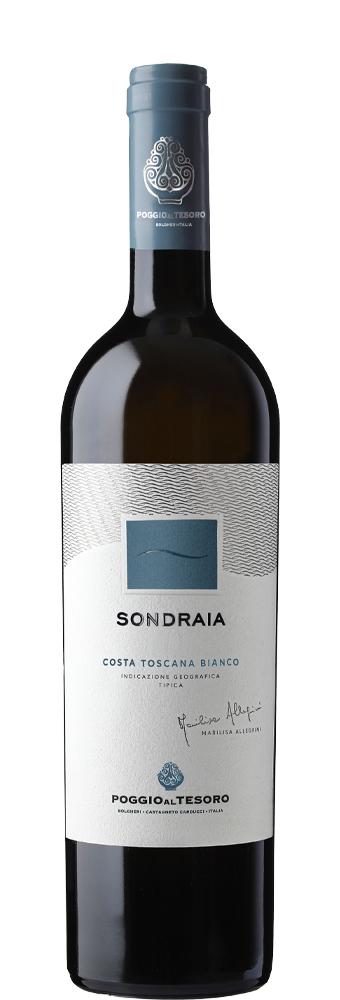Sondraia

Sondraia
Costa Toscana Bianco I.G.T.
Viognier 100%
This is a broad, intense and enveloping Viognier, which owes its refined but versatile character to skilful practices aimed at preserving its freshness and varietal aromas. The 2019 harvest presented ideal conditions for its debut at the pinnacle of a meticulous viticultural management project bringing together experimental winemaking techniques. These include, in addition to modern steel vats, the use of terracotta amphorae and French oak barrels which, respectively, successfully confer freshness, verticality and structure.
Climate Trend

-
-
grape varieties
Viognier 100%
-
-
vineyard location
Le Sondraie
harvest
Manual night and day harvest
-
-
capacities
750 ml • 1,5 L
-
-
vinification
Soft pressing of the previously cooled grapes; the vinification begins with a maceration on the skins at a controlled temperature. Towards the end of this phase, the must is separated, and fermentation is completed in steel vats, terracotta amphorae and French oak barrels.
ageing
In French oak (30%), amphora (30%) and stainless steel (40%) on fine lees with battonage until August of the following year. Blended in stainless steel talks, where it rests for a few months before concluding with a proper bottle ageing.
malolactic fermentation
No